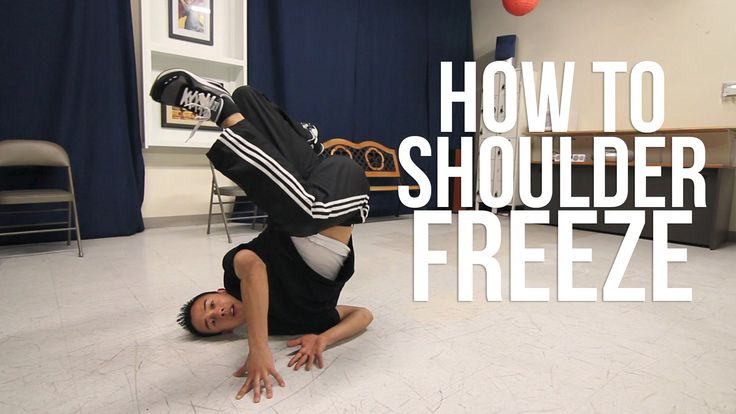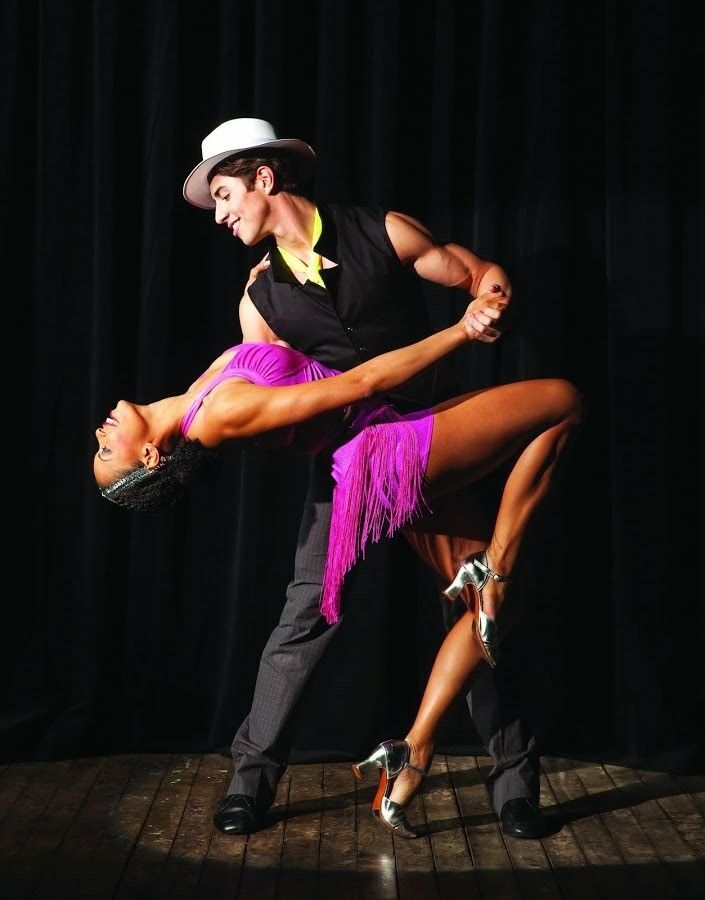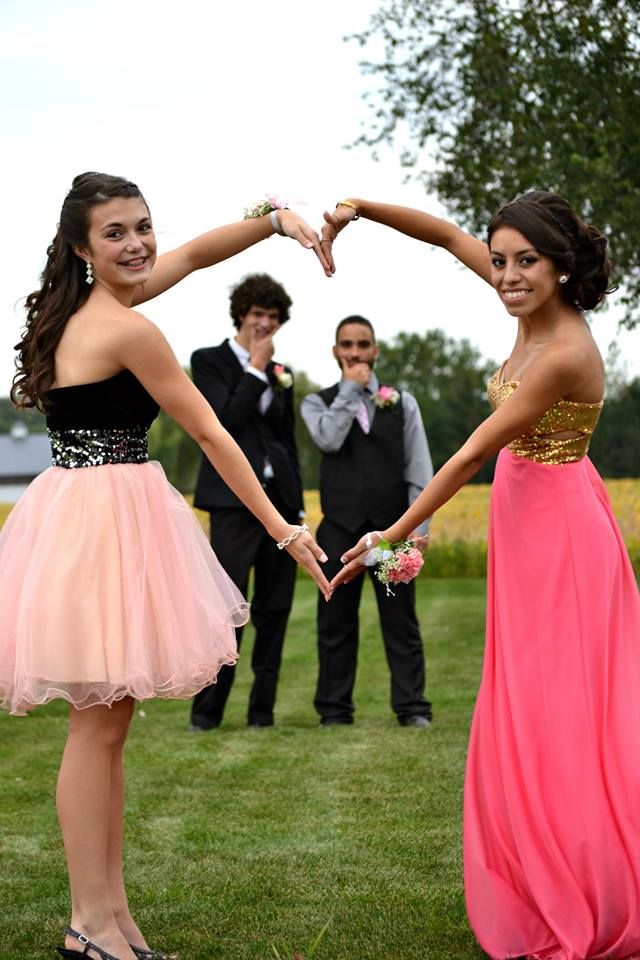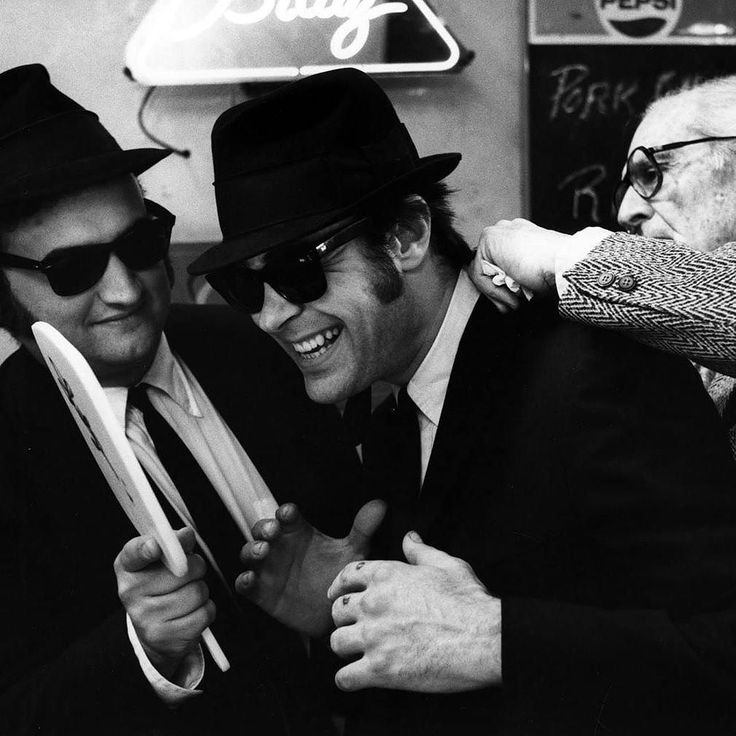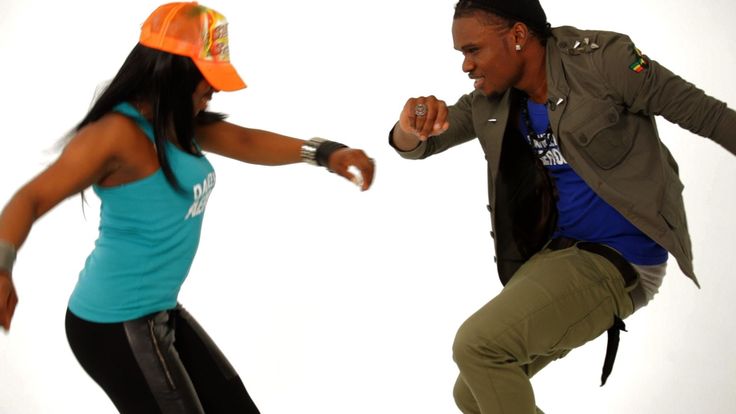How to do the freeze dance
The Right Way to Play Freeze Dance in the Classroom
I'm going to go ahead and claim it: I am the master of freeze dance in the classroom. After running the game with my students from preschool through 9th grade over many years of teaching, I have figured out what rules and procedures help the game run most smoothly and keep everyone having the most fun. Ready to learn all the tricks of the trade?
The biggest key to success is setting up the rules before you start. Here are the rules I always tell students when we play freeze dance / musical statues:
- When the music is playing you dance. When the music stops you freeze. The last one moving is out of the game and must go to a designated area.
- Throughout the game, whether the music is on or off, whether you are out or still playing, your voice must be off. It's not fair if someone else can't hear the music stopping because of your noise.
- For your movement to count as "dancing" you must move your feet and only your feet may touch the floor. Otherwise it's too easy to stop and start.
- You cannot touch any other person or thing, and you must stay in your spot- you cannot move around the room while you are dancing. It's not safe.
- If you forget any of the rules above, you will be out in addition to whomever is the last to stop moving- there can be multiple people out in one round.
- I am the Almighty Judge. You may not argue with the Almighty Judge, and you may not attempt to become a judge yourself. Any attempts to usurp or argue with Almighty Judge will result in banishment.
Once the rules are established the rest is a matter of holding students to those rules. I have found the best way to see a room full of dancing children simultaneously is to look at the middle of the room and pay attention to my peripheral vision. Make sure to position yourself in a place where you can control the music and see every player at the same time.
Besides the rules above, there are a few other things I do without telling the students that help prevent tantrums:
- I don't tell them in advance, but the first round is always a "practice round". I keep track of everyone who is breaking the rules- usually the shy kids who aren't moving, and the excited ones who are talking or laughing- and when I stop the music the first time I call out all the people who would have been out if it was the real deal. I tell them this is their warning and then remind them that from now on, if I call their name, they are out.
- I make the first *actual* round of dancing the longest- I don't want the first person to be out after just a few seconds! And the second round is always the shortest, so that the first person isn't out on their own for very long. The rest of the rounds I keep relatively short, but varying the length of course.
- After the first few rounds, if the students aren't too rowdy, I actually encourage those that are out to dance silently in their seats while they watch.
 It allows them to continue enjoying the music instead of feeling like they're missing out. It's important to keep them seated though, so you don't get confused while you're judging!
It allows them to continue enjoying the music instead of feeling like they're missing out. It's important to keep them seated though, so you don't get confused while you're judging! - There are always a handful of students who figure out ways to "dance" with the least movement possible. I allow anything (as long as they're moving their feet) for the first few rounds, but after that I'll start pressuring them into changing up their moves by telling them not to be "boring". If they continue to barely move, I'll sometimes tell them that if they don't start moving more I'll decide they're out.
- I keep a CD with lots of upbeat dance songs (find some of my favorites here) in my sound system at all times for this purpose. I like to change the song each round rather than playing and pausing the same one over and over- different students are more comfortable dancing with different types of music so I try to include a variety.
- I model "laughing it off" for students- if they lose their balance I will wink at them, sigh, or otherwise try to make light of the situation in a fun way, like "oops, guess that just happened" as I call their name.
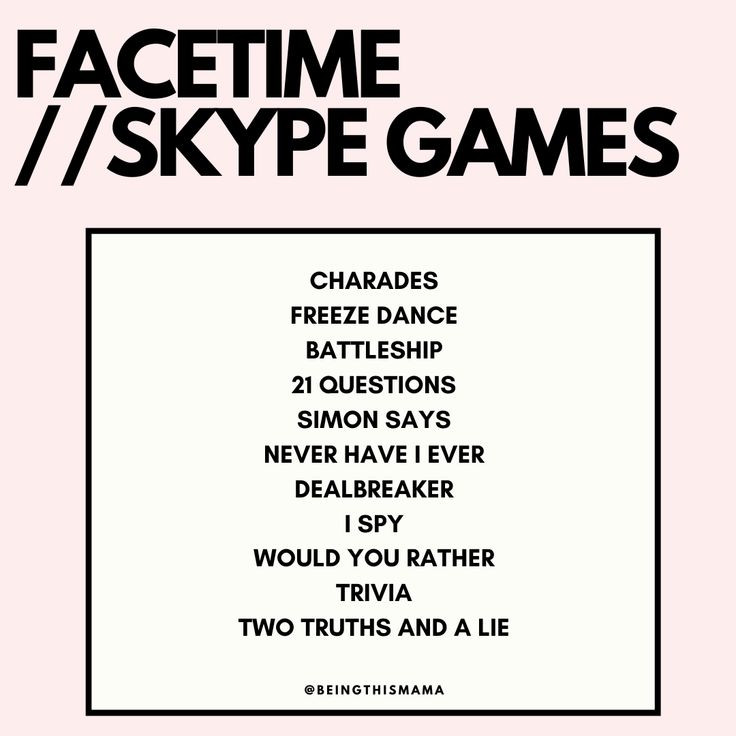 I find that helps, especially for those that tend to have trouble with losing, to "save face" in front of their peers.
I find that helps, especially for those that tend to have trouble with losing, to "save face" in front of their peers.
Now that you know all of my top-secret strategies for running Freeze Dance successfully in the classroom, it's time to get dancing! Be sure to check out the link above for some modern, upbeat music you can use in class for games like this.
Want more timely and relevant ideas like this sent straight to your inbox? Sign up here for the Organized Chaos newsletter!
33 Best Freeze Dance Songs (And How To Play Guide) – Dynamic Music Room
Whether you’re rewarding your music students for their awesome behavior or you just want to give them a chance to move and relax for a short time, freeze dance is a great way to get it done.
But do you know how to play freeze dance?
- Play music while students dance. Choose music they know and like first; then challenge them by playing music they don’t know.

- Stop the music randomly. The students must stop right there (freeze) and hold the position until they music starts again.
- If they move or don’t stop, they are out!
- Repeat until you have a winner. OR when there are ten or more people out, let every come back in.
Look ahead for more details on this fun and easy game for pretty much any grade level.
Save time with these 60 FREE Music Resources to use in your room right away!
Stop searching the whole internet to find good activities. I’ll help you cut to the chase with my favorite 60 FREE resources.
Table of Contents
Reasons To Teach Freeze Dance
There are two schools of thought with music teachers when it comes to freeze dance:
- It’s a great, fun game!
- It’s a complete waste of time.
And in my experience, you either belong in one camp or the other.
To be honest, I was in the second camp for the longest time.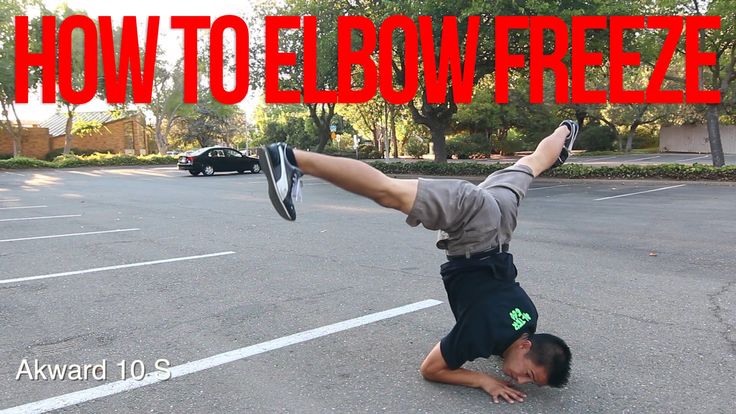 I felt like doing freeze dance was kind of a cop out.
I felt like doing freeze dance was kind of a cop out.
Over time, I learned to relax a bit and offer some twists to make freeze dance align better with my music curriculum.
It’s the same kind of thing with musical chairs.
But why even bother in the first place? Here are some reasons I felt the need to figure it out.
Brain Break
The general rule of thumb is that students need a change of pace every ## minutes of their age + 1.
This means a first grader (who is 6 years old) can pay attention for 7 maximum minutes before they need a switch.
As part of this switching time, students should move. This increases their blood flow, gets more oxygen to the brain, and maximizes time on task afterward.
This information is according to Real Mom Nutrition.
Why shouldn’t we take advantage of this during our music time?
By playing freeze dance for even 2 minutes, we break up students’ attention and get these benefits after we’re done.
Students Love To Dance
Kids just love to move. We all know this, and anyone who is a parent such as myself sees it in action all the time (more than we want to, that’s for sure).
Any type of movement will keep them happy, but many students love the chance to move freely to music.
Freeze dance gives them this opportunity to show off their uniqueness.
Increases Focus
As blood flow and oxygen to the brain increases so does focus.
If we want students to be prepared for longer and higher concentration activities, we should set them up for success any way we can.
Freeze dance is even better than regular dancing or movement because the game itself requires a degree of focus and control.
When played correctly, the body is expressing music while still being prepared to stop at a moment’s notice.
Adapted For Laban Movement Concepts
The dancing can be adapted beyond free movement to popular songs to include expressive movement.
Laban movement ideas are a staple of most major methodologies and are widely accepted to be the way students can express the emotional qualities of music.
See the tips and ideas section below for more information on this.
Read more about Laban movement.
Introduce Classical Pieces
Students don’t always want to just listen to big pieces like Carmina Burana. Sometimes, you have to go about it in a sneaky way.
But if you’re playing freeze dance, it’s simple to switch to a classical piece you want to expose them to.
After you’re done, you could always transition into a literacy or other movement activity with this piece. (Check out the best children’s books with movement.)
Build A Bond With Your Students
It’s hard in our limited time to really build deep bonds with our students. But the effort is well worth it.
Some teachers say that building bonds with students is more important than anything else we can do.
It builds the trust and safety needed to learn as well as increasing engagement during lessons.
But when you see your kids only once a week, it seems impossible.
Playing games like freeze dance may seem silly, but if you dance with them, they’ll learn something about you and learn to trust you more because you’re being expressive with them.
I like to take the opportunity to sprinkle in school-appropriate songs I personally enjoy. This way the students learn more about me as a real person and not just a “teacher.”
Motivates Behavior For Other Learning
Last but not least, I am not ashamed to admit I will sometimes use freeze dance as a motivator for good behavior.
There are those who may judge you about using instruments or games as a “bribe,” but in my experience, these people have been removed from reality.
Getting students to do all tasks first is the first step. Then, over time, you remove the “bribes” until they just do what they’re supposed to do.
It’s similar to how complimenting yourself in the mirror every morning can actually make you appreciate yourself more. Even though it’s fake at first, it becomes real over time.
Freeze Dance Rules
The rules for basic freeze dance are quite simple. But it’s important to set up the procedures for the game properly.
Here are the basic rules for freeze dance:
- Teacher plays music, and students dance around the room.
- When the music stops, students freeze.
- If they move or fall over, they’re out.
- Repeat for as long as you want.
Note: I don’t usually point kids as out until we’ve played the game for a couple of minutes OR if the student isn’t following directions at all.
I follow these steps when teaching the game:
- Explain the rules.
- Model the correct and incorrect behavior.
- Ask for a student model.
- Ask for a small group model.
- Whole group plays the game.

- Reinforce as needed.
Watch out! Look for kids who talk when they dance, follow other students, and touch other kids. Redirect or ask these students to sit out.
33 Best Freeze Dance Songs
Save time with these 60 FREE Music Resources to use in your room right away!
Stop searching the whole internet to find good activities. I’ll help you cut to the chase with my favorite 60 FREE resources.
Here are some of my favorite freeze dance songs sorted by category. This list focuses on the uptempo songs.
Popular Songs:
- Uptown Funk (KidzBop)
- Never Gonna Give You Up by Rick Astley
- Stereo Hearts by Gym Class Heroes ft. Adam Levine
- Counting Stars (KidzBop)
- All Star by Smash Mouth
- Shake It Off by Taylor Swift
- Megalovania by Tobey Fox
- Can’t Stop The Feeling by Justin Timberlake
Beatles Songs:
- Yellow Submarine by the Beatles
- Octopus’s Garden by the Beatles
- Ob-La-Di, Ob-La-Da by the Beatles
- Got To Get You Into My Life by the Beatles
- Happy Birthday by the Beatles
- Help by the Beatles
- Here Comes The Sun by the Beatles
- Love Me Do by the Beatles
Kids Songs:
- Freeze Dance by the Kiboomers
- Animal Freeze Dance by the Kiboomers
- Baby Shark by Pink Fong
- Get Yo Body Movin’ by Koo Koo Kanga Roo
- Shake Your Sillies Out by Raffi
- Move And Freeze by the Learning Station
- Jump! By Patty Shulka
- Bumping Up and Down In My Little Red Wagon by Raffi
Classical Songs:
- Flight Of The Bumblebee by Rimsky-Karsakov
- In The Hall Of The Mountain by Grieg
- Eine Kleine Nachtmusik by Mozart
- Stars and Stripes Forever by Sousa
- William Tell Overture by Rossini
- Fur Elise by Beethoven
- Jupiter from The Planets by Holst
- Humoresque by Dvorak
- Pride Of The Wolverines by Sousa
Freeze Dance Lesson Plan Ideas And Tips
Freeze dance on its own is a simple, but fun, game.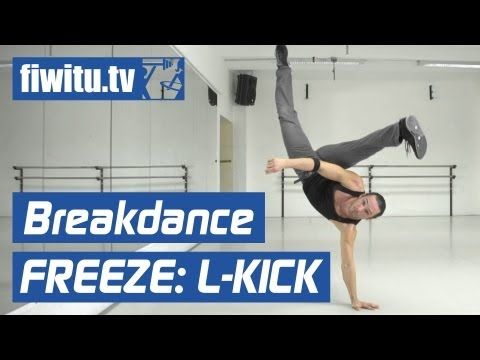 It doesn’t really reinforce other musical concepts, but this doesn’t mean you can’t get more motion out of the game.
It doesn’t really reinforce other musical concepts, but this doesn’t mean you can’t get more motion out of the game.
Here are some basic ideas and extensions to use when you need to play this fun game.
Ideas And Extensions
Animal Movements – Tell students that without making the noises, they must dance how they would imagine a specific animal to dance. Switch animals throughout the freeze dance.
Leading Movements – Challenge students to lead their dancing with a specific body part. This results in some interesting interpretations of dancing.
Laban Movements – Rotate through different movement challenges based on the following Laban ideas (pulled from First Steps In Music handout, click for details):
- Awareness of body parts and whole body
- Time (fast/slow; time passing)
- Awareness of space
- Level awareness (high/low)
- Weight (strong, weak, heavy)
- Locomotion (how to move)
- Flow
- Shape
- Awareness of others
Some of these are covered in the other ideas on this list.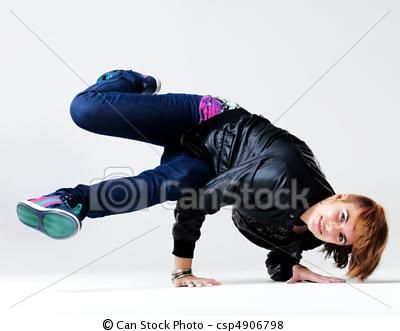
Match A Color – If red were a color, how would it dance? And so on and so forth…
Mirror Dance – Partner up. One student is the leader, and the other must follow their motions. After the freeze, the leader job passes to the other partner.
Check out these partner songs for music class.
Leader Dance – Students stand in a circle. One person is in the middle as the leader, and the class must match the dance of the leader. Rotate leaders throughout.
General Freeze Dance Tips
These are some tips that may help you and your students have a positive experience when playing freeze dance:
- Insist on no voices
- Follow the modeling process (teacher ⇾ single student ⇾ small group ⇾ whole group)
- Students who don’t know/feel comfortable with dancing should be given a choice (dance by hopping with two feet or walking and waving hands)
- Establish that any arguing with the judge (you) results in an “out” for the rest of the whole game
- Do a practice round
- Make your early rounds longer in time (10-15+ seconds)
- Decrease and vary time spent dancing as the game progresses
- Choose music that’s uptempo (at first)
- Get in there and show kids that it’s OK to be silly and how to let go of the competitiveness
Commonly Asked Questions
What Is The Objective Of Freeze Dance?
The objective of freeze dance is to get students moving to music by tricking them into it with the gimmick of freezing.
The end-game of the “game” itself depends on how you want to play.
There are a few variations involved in the objective of freeze dance.
- Eliminate those who move until you get a winner.
- Eliminate people until the end of the song. Everyone left wins!
- When people are caught, they need to do an exercise (10 jumping jacks, for example) to stay in.
- When caught, they need to sit out for a single round.
Is Freeze Dance Appropriate For Toddlers?
Freeze is not only appropriate for toddlers, but it’s a ton of fun!
Toddlers can’t really be expected to completely freeze when the music stops.
But this practice is great for their self-control!
And we all know how much practice they need with self-control.
Freeze dance is a regular music activity I’d do with this age group.
It’ll help them experience more music, and by doing it young, they won’t be as embarrassed when dancing as they get older.
Check out these other preschool music lesson plans in our article.
How Do You Play Freeze Dance On Zoom?
Playing freeze dance on Zoom or any video platform is possible, though it’s more difficult.
You shouldn’t expect your kids to perfectly freeze, as there is often a delay.
So, in this case, the game is more just for fun (and that’s OK!).
There are two main ways to go about this:
- As the meeting host, play the music just like normal. Pause periodically and otherwise play freeze dance as you typically would.
- Find a pre-recorded freeze dance track that pauses on its own. Then, everyone will be closer to freezing at the same time.
Conclusion
I hope you enjoyed learning a little more about how to play freeze dance.
The game is simple in concept, but with a little twists here and there, your students can get a lot of mileage out of this fun game.
What songs do you like to use with freeze dance?
Save time with these 60 FREE Music Resources to use in your room right away!
Stop searching the whole internet to find good activities.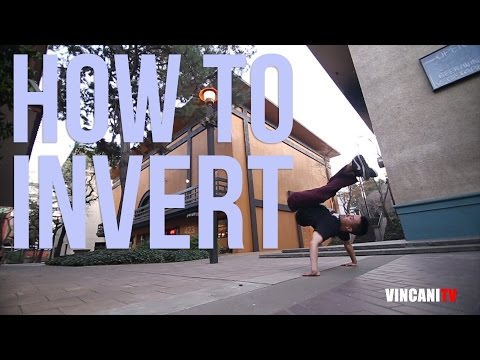 I’ll help you cut to the chase with my favorite 60 FREE resources.
I’ll help you cut to the chase with my favorite 60 FREE resources.
JAM is an event for dancers!
JAM is an event for dancers!
Most dancers do not know how to improvise in dance or are afraid to do so. We give dancers the opportunity to develop this in themselves, and invite them to this event. It's free and any dancer can take part, the doors are open to everyone. Below we have answered all the questions you may have. See you in the hall!
WHAT IS STREET JAM?
STREET JAM is a brand new dance event designed specifically for dancers of all styles. If you want, dance! There are no judges here. The main thing is to enjoy the dance and communication with other dancers. On the street, we dance in a circle, arrange friendly battles or just dance together.
WHAT DOES JAM GIVE TO A DANCER?
Everyone who dances knows that dancing outside the hall, away from the usual walls and mirrors, and even more so in public, is much more difficult than dancing in training. Why is this happening? The answer is very simple: due to the usual lack of experience. Jam allows you to get exactly this invaluable experience and an impetus for self-improvement, regardless of whether you are a beginner or already a professional.
Why is this happening? The answer is very simple: due to the usual lack of experience. Jam allows you to get exactly this invaluable experience and an impetus for self-improvement, regardless of whether you are a beginner or already a professional.
The jam also provides an opportunity to talk to more experienced dancers and ask them any questions.
WHAT STYLE DANCERS CAN DANCE ON JAM?
Dancers of absolutely any style can participate, without restrictions.
WHAT MUSIC WILL BE PLAYED?
Various beat dance, mostly hip-hop, house, funk, dub step and more. Kirkorov will not be for sure)
IS PARTICIPATION PAYABLE?
Participation is ABSOLUTELY FREE for everyone.
I AM DOING TOO LITTLE DANCE STILL (I'M AFRAID TO PARTICIPATE, I AM NOT IN SHAPE TODAY), CAN I JUST COME TO LOOK AND NOT DANCE?
Of course you can, and we will be glad to see you.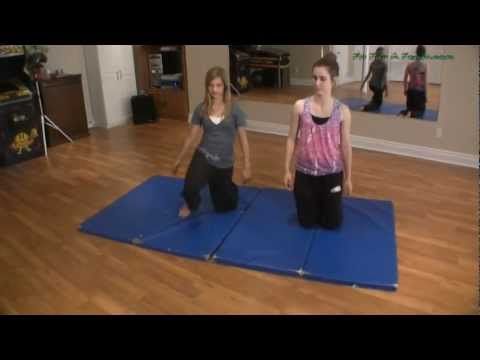
Remember, there are always reasons to justify inaction, and usually good ones. But it is the few people who are not afraid to go against their fears and take the first step towards their goal that achieve results.
When you dance for yourself, nothing else matters. If you dance for someone to please you, you will never understand what dance is.
I AM AFRAID THAT WHEN I DANCE IN FRONT OF EVERYONE, PEOPLE WILL LAUGH AT THE HOW I DANCE.
Anyone who knows the slightest bit about dance knows what it takes to master one, even the simplest movement. We all started with nothing, and we all have something to work on. We have one thing in common - dance, and any dance is beautiful from the very beginning.
IS THERE ANY GROUP OF PERSONS NOT ALLOWED TO JAM?
Yes, persons under the influence of alcohol, as well as persons insulting other participants, are not allowed.
MY FRIEND DANCES ELECTRO-DENS, AND IF FOR EXAMPLE, HIP-HOP IS PLAYING, HOW SHOULD HE WAIT FOR HIS MUSIC, CAN THERE BE A SCHEDULE????
No, there will be no graphics, a hefty playlist of tracks of different styles will be compiled, where any tracks will be included in random order.
WHERE WILL THIS HAPPEN?
Venue: Talent Center DDC / zal Color / Every Tuesday 20:00
Share:
Fitness dances in Moscow near metro station Dynamo, Belorusskaya, Begovaya
Fitness programs Gold’s Gym Dinamo Moscow
When exercising in the gym, sooner or later, many begin to get bored of the monotony. What to do if the simulators are tired, but you still need to keep yourself in shape? Sign up for fitness dancing! Fitness dancing is a very effective form of training. Dance movements are very diverse, they improve mood, never get bored and allow you to develop different muscle groups.
Dance styles
Gold's Gym offers many different dance workouts and it's easy to find the right one for you.
Belly dance
Bellydance is the most feminine and sexy dance. As the name implies, the main load falls on the abdominal muscles, but small muscles of the back, pelvic floor and abdomen also work, which are difficult to work out in any other training. With the help of bellydance, you can burn up to 300 calories per hour, make your figure more feminine and improve the condition of the skin, which becomes smooth and elastic due to active lymphatic drainage. And belly dancing is an excellent prevention of gynecological diseases.
With the help of bellydance, you can burn up to 300 calories per hour, make your figure more feminine and improve the condition of the skin, which becomes smooth and elastic due to active lymphatic drainage. And belly dancing is an excellent prevention of gynecological diseases.
Latin dance
Fitness Latin combines elements of various Latin American dances - samba, mamba, rumba, cha-cha-cha, jive, merengue and salsa. Fitness Latina is a great cardio workout that strengthens the heart and increases stamina. And, like any cardio load, fitness latin promotes fat burning - up to 500 calories are consumed per hour of intense exercise. Such workouts strengthen the muscles of the arms, legs, buttocks and abdomen, form a beautiful posture and develop coordination.
Funky
Funky is a program that includes all the best from different club dances - hip-hop, R`n`B, funk, street-dance, house, disco, free-style and jazz-modern. During classes, you will not only lose weight and work out all muscle groups. Club dance classes will teach you to feel your body and easily improvise while dancing to any music, develop coordination and a sense of rhythm. Plus, it's the surest way to be the star of the dance floor!
Club dance classes will teach you to feel your body and easily improvise while dancing to any music, develop coordination and a sense of rhythm. Plus, it's the surest way to be the star of the dance floor!
Zumba
Zumba is a new trend in fitness dancing, which has gained immense popularity in just a couple of years. Today, Zumba has over 10 million fans! Colombian trainer Alberto Perez, the creator of this trend, calls his creation not a program, but a fitness party. In essence, Zumba is a simple and effective fitness workout that takes place to energetic Latin American music such as salsa, merengue, cumbia, reggaeton and samba. It is equally effective for both women and men. All movements are very simple, and even those who have never danced will be able to dance on Zumba workouts. An hour of incendiary dancing consumes up to 600 calories.
Let's dance training
The network of fitness clubs Gold's Gym offers special Let's dance trainings, where the instructor, depending on the wishes of the clients, conducts classes in ballet, Russian folk dances, Irish dances and other classical styles.